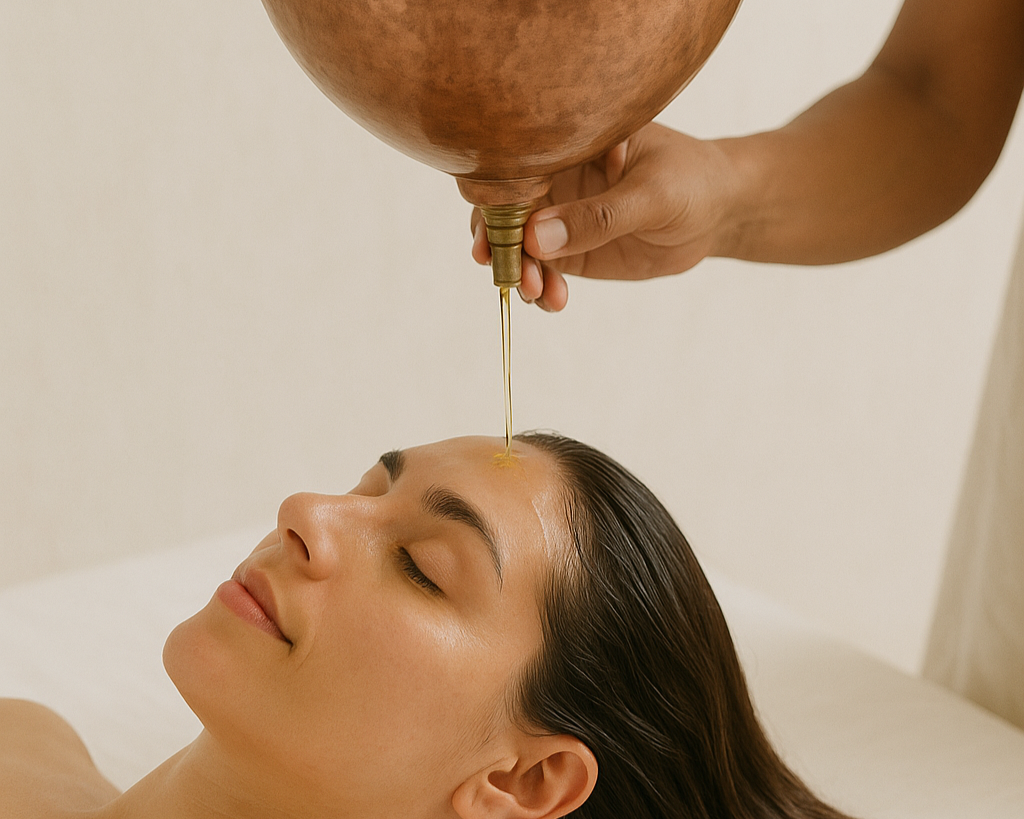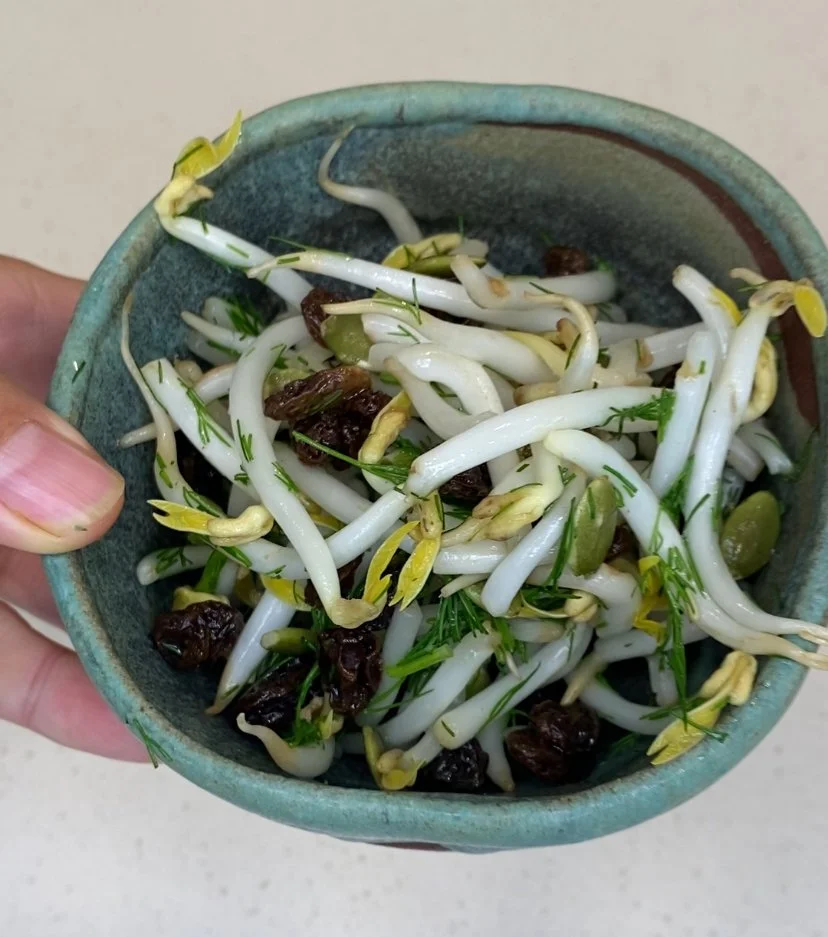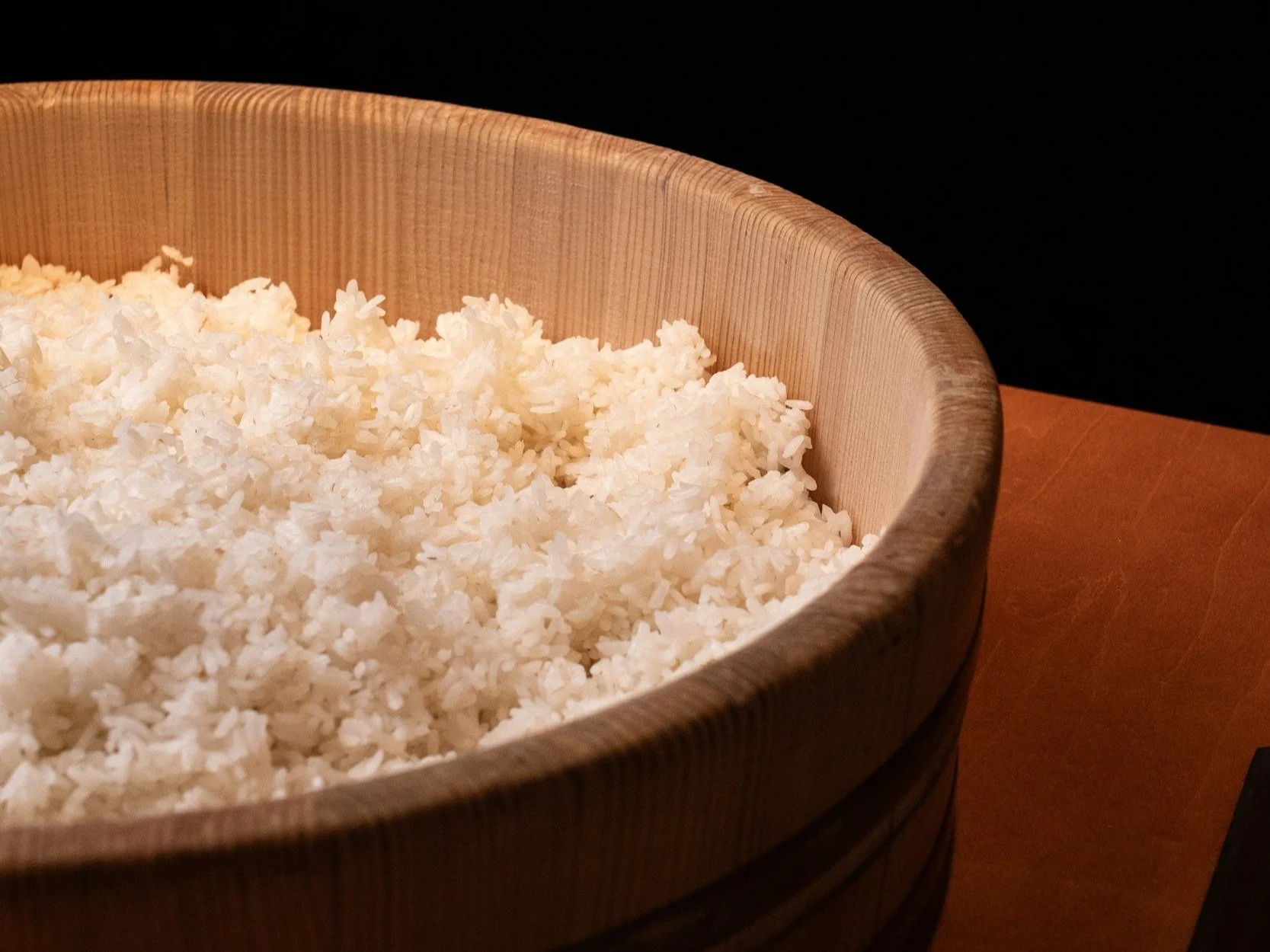In Ayurveda, the ancient science of life, everything in creation, from the movement of galaxies to the quiet pulse within our chest, is animated by three fundamental qualities known as the Gunas: Tamas, Rajas, and Sattva. These are not merely abstract concepts but the very threads that weave together our physical, mental, and spiritual existence.
Each Guna has its role in the cosmic dance. Tamas is the principle of stillness, darkness, and rest. Rajas is the force of motion, desire, and transformation. Sattva is the essence of clarity, light, and harmony. Together, they form a cycle that sustains all life, much like the balance of night, day, and twilight.
Tamas: The Ground of Being
Tamas is often misunderstood as something negative, yet it is foundational to existence. It is the soil, heavy, dark, and still, that allows the seed of life to rest and germinate. Without tamas, there would be no stability, no sleep, no sense of completion. It governs the moments of pause, death, and dissolution that make renewal possible.
In our daily lives, tamas manifests as the body’s need for rest, the mind’s retreat into sleep, and the earth’s quiet during winter. But when tamas dominates, it turns from stillness into stagnation. The same rest that once nourished becomes inertia; the same darkness that once held mystery becomes confusion or apathy. Tamas can make us cling to comfort, avoid growth, or resist change.
Yet to reject tamas would be to reject the ground itself. It is the womb of creation, a sacred stillness without which nothing can arise.
Rajas: The Energy of Change
If tamas is the soil, rajas is the wind that stirs it. Rajas is the force of movement , passion, drive, and transformation. It awakens the dormant seed and pushes it upward toward the sun. Rajas gives life its pulse. It is what makes the heart beat faster when we fall in love, what inspires action, creativity, and evolution.
In nature, rajas is the turning of the seasons, the wind reshaping the dunes, the sprouting of the seed. In humans, it is the restless impulse to grow, achieve, and seek meaning. Yet when unbalanced, rajas becomes the storm, too much movement, too much desire. It leads to agitation, ambition without satisfaction, and a constant chasing that never finds peace.
Still, without rajas, there would be no evolution. It is the sacred bridge between darkness and light, the motion that transforms tamas into sattva.
Sattva: The Light of Awareness
From the churn of rajas emerges sattva, the quality of clarity and truth. It is the flower opening to the light after its long rest in the earth. Sattva is harmony, purity, and wisdom, the calm awareness that arises when both rest and movement find their balance.
Sattva allows us to see things as they are. It is the state of the mind after a storm, when the sky clears, and reflection becomes possible. It brings peace, contentment, and a sense of unity with all life. In sattva, we experience compassion without effort, joy without reason, and clarity without struggle.
But sattva, too, is transient. Even the brightest day must give way to night. The flower eventually wilts, returning to the soil of tamas, and the cycle begins again.
The Intertwining of Light and Darkness
One of Ayurveda’s most profound teachings is that tamas and sattva are not opposites to be conquered but partners in an eternal cycle. Darkness and light, rest and awakening, each depends on the other. Without tamas, sattva would burn out; without sattva, tamas would remain inert. Rajas, the force of movement, ensures that neither becomes permanent.
We can imagine the gunas as a river’s journey:
Tamas is the still lake at its source, deep and quiet.
Rajas is the flowing current that carries the water forward.
Sattva is the shimmering reflection of sunlight upon its surface , clarity revealed through motion and depth alike.
Together, they form the complete cycle of life: rest, movement, illumination, and return. To live in balance with the gunas is to honor this natural rhythm.
Living in Harmony with the Gunas
In our modern world, we often glorify rajas, constant doing, striving, achieving, while neglecting the wisdom of tamas and the serenity of sattva. Yet true health and happiness come from their balance. We need the darkness of tamas to rest and heal, the movement of rajas to grow and evolve, and the clarity of sattva to find peace within it all.
To live sattvically is not to reject the world or retreat into perfection, but to move through the dance with awareness. To rest when it’s time to rest. To act when movement is needed. And to see, even in the darkness, the promise of light.
For just as the seed needs both soil and sun, so too do we need both tamas and sattva, joined by the living pulse of rajas, to awaken fully into the wholeness of life.
Disclaimer: The sole purpose of these articles is to provide information about the tradition of Ayurveda. This information is not intended for use in the diagnosis, treatment, cure or prevention of any disease.






















